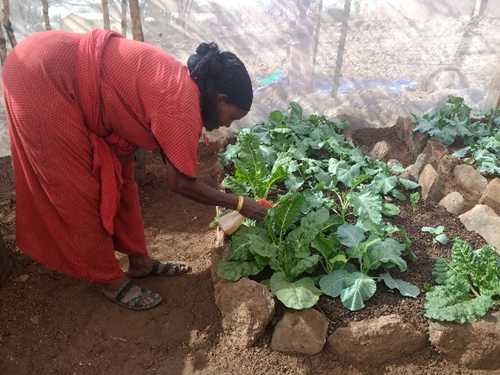


Integrating FMNR with livelihood activities is strongly recommended. For example, alternative livelihood development activities can support FMNR uptake by reducing household dependence on unsustainable timber harvesting for subsistence and/or sale. Complementary livelihood activities to support FMNR outcomes include:
- Agricultural development activities that promote sustainable intensification and/or diversification of smallholder agricultural production. Combining trees on cropland and pasture with conservation agriculture practices has proved to increase crop yields and improve livestock productivity.
- Market development activities that support more profitable marketing of products produced by smallholder farmers. They enhance the adoption and sustainability of FMNR by increasing smallholder incomes, thereby reducing the need for households to adopt coping strategies that can further damage the natural environment and reduce biodiversity.
- Energy-saving solutions (e.g. clean cookstoves) that support FMNR by reducing household demand for wood, thus increasing the likelihood that trees that can regenerate will not cut down or felled for their wood in unsustainable ways.
Complementary livelihood activities, preferably those based on trees (e.g., agroforestry and woodlands), can offset short-term fluctuations in household and community resource availability and income that might otherwise undermine FMNR success by increasing pressure to use and cut trees.
Implementing complementary tree-based value chain development activities, such as beekeeping, can improve FMNR uptake and sustainability by increasing its benefits and economic value to households and communities. In addition, FMNR can increase crop and livestock production by enhancing soil fertility, reducing soil erosion, improving water availability and increasing fodder.